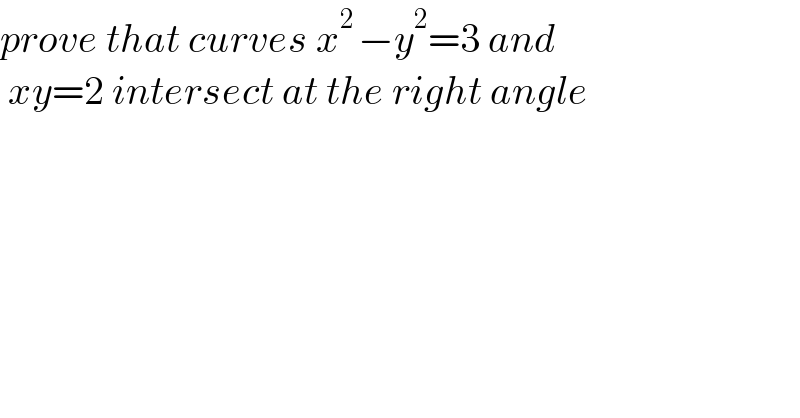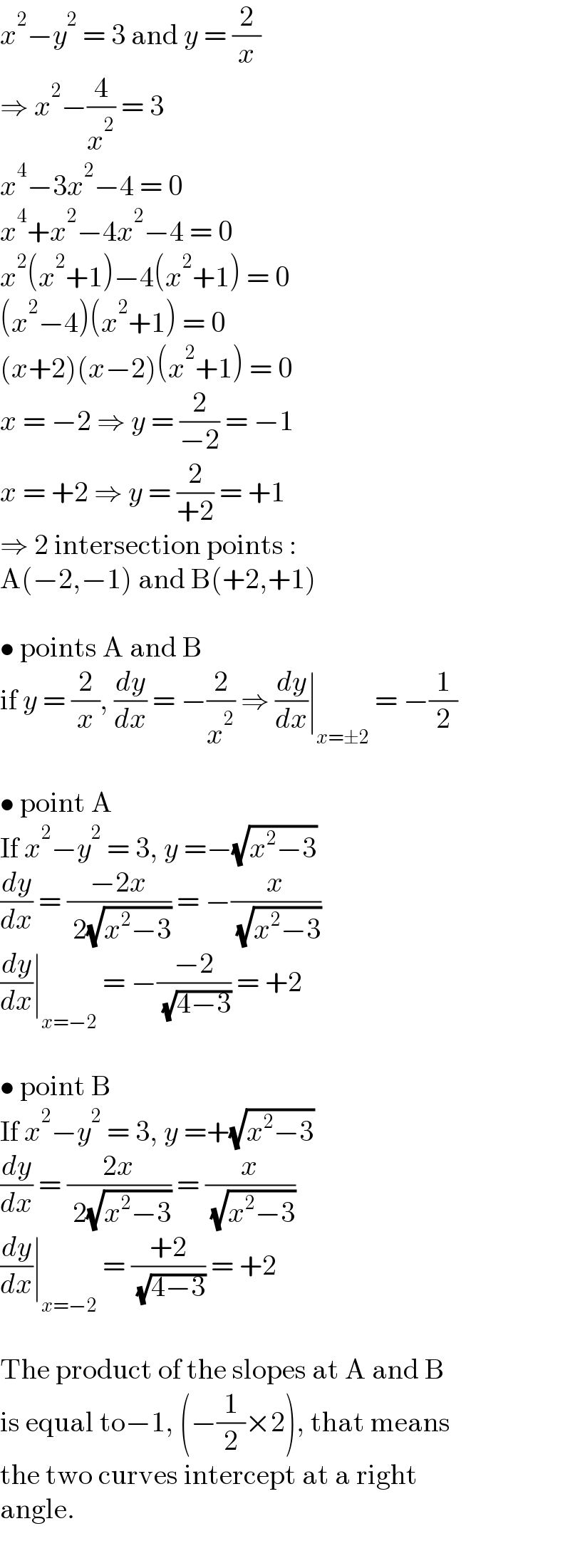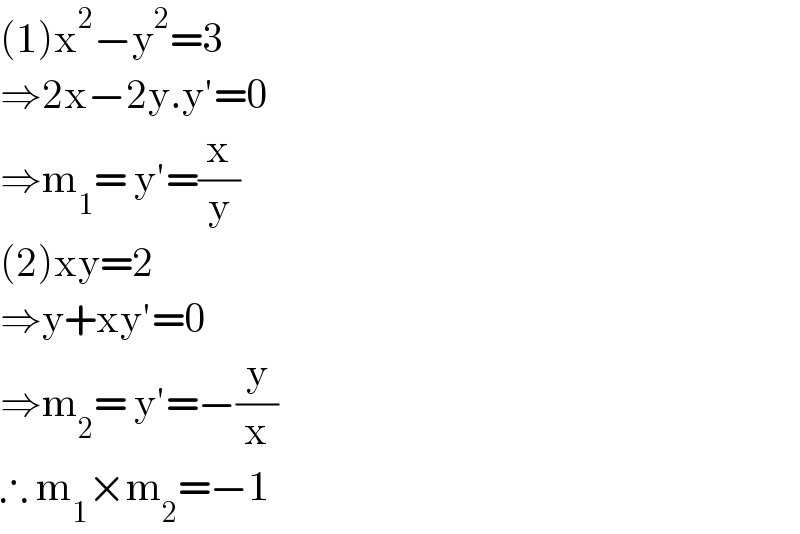
Question and Answers Forum
Question Number 147748 by Odhiambojr last updated on 23/Jul/21

Commented by Olaf_Thorendsen last updated on 23/Jul/21

Answered by iloveisrael last updated on 23/Jul/21

| ||
Question and Answers Forum | ||
Question Number 147748 by Odhiambojr last updated on 23/Jul/21 | ||
 | ||
Commented by Olaf_Thorendsen last updated on 23/Jul/21 | ||
 | ||
Answered by iloveisrael last updated on 23/Jul/21 | ||
 | ||
| ||